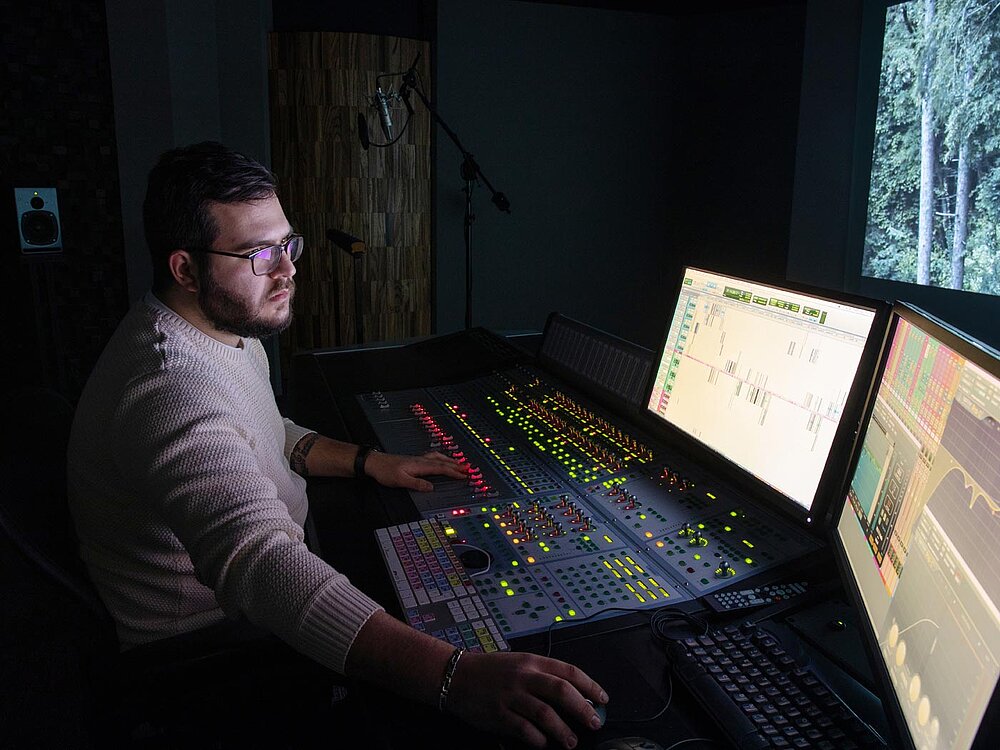Embracing the new: the rise of local language content
Something has changed in the world of media and entertainment. Audiences who already consume their content – dubbed or subtitled – in languages other than English might have noticed the change later than those who routinely watch anglophone content, but it is hard to ignore. When it comes to production languages, English now shares the limelight with a myriad of others.
Of course, local language content has always featured in most major content providers’ offerings, but up until recently, it wasn’t as widespread. This current increase seems to have been stimulated by streaming platforms: Netflix commissioned content from 28 different markets in the space of just one quarter in 2022 and other VOD platforms are clearly demonstrating a similar focus.




